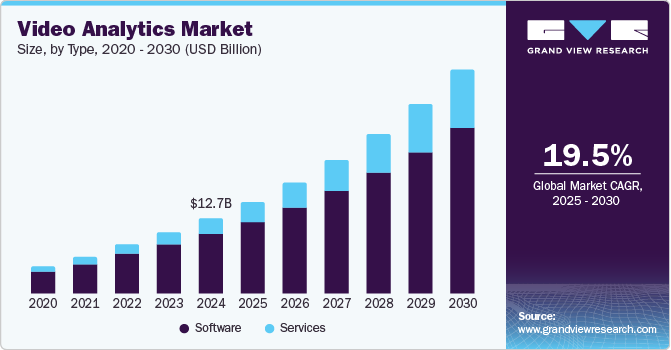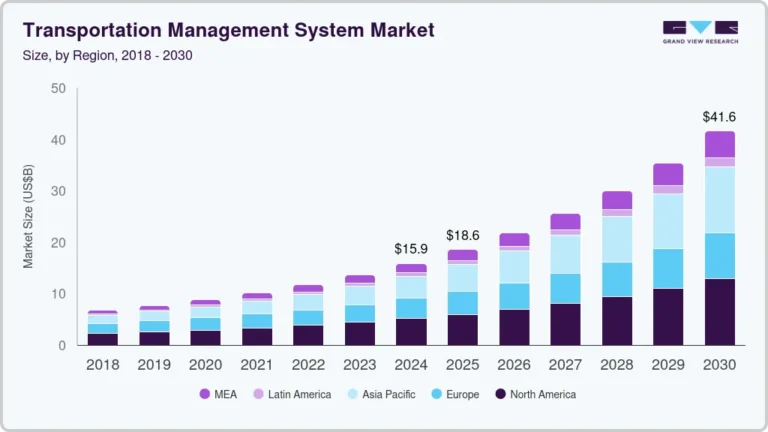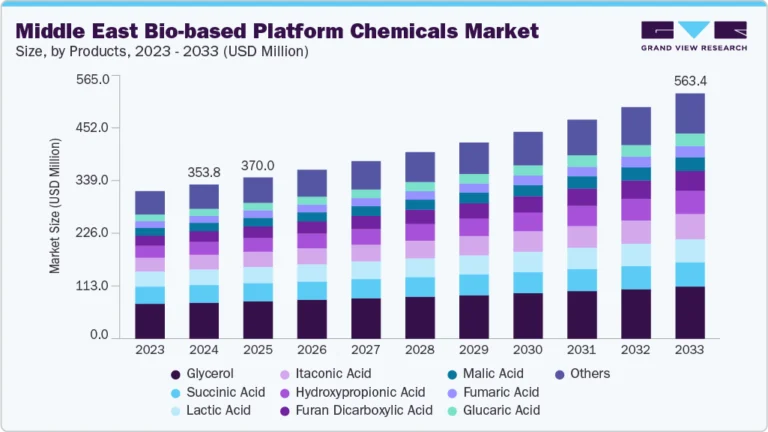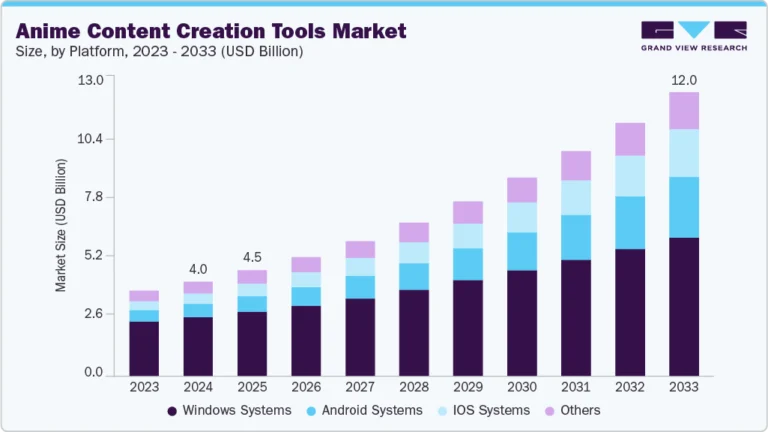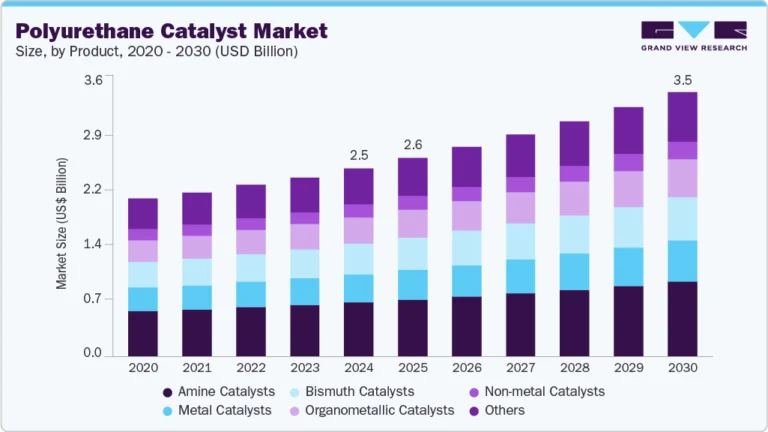Water Electrolysis Market Size, Share & Trends Analysis growing at a CAGR of 7.9% from 2024 to 2030
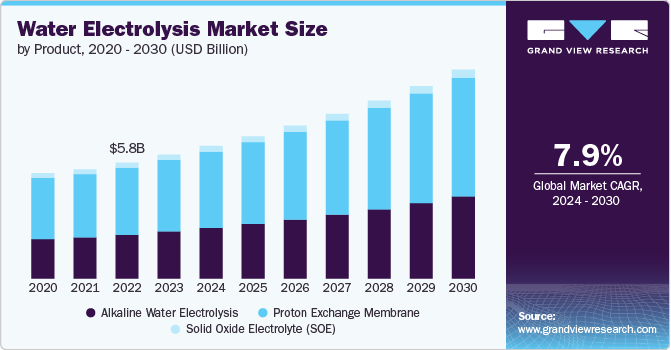
The global water electrolysis market size was estimated at USD 6.18 billion in 2023 and is projected to grow at a CAGR of 7.9% from 2024 to 2030. The market is poised for significant growth in the coming years, driven by several key factors. Firstly, the transition towards sustainability positively impacts market expansion as industries increasingly identify hydrogen as a crucial element for numerous future applications. With heightened interest in hydrogen as a green energy solution, ongoing innovations and technological advancements primarily target sustainable hydrogen production methods, thereby instigating the market.
Request a free sample copy or view report summary: https://www.grandviewresearch.com/industry-analysis/water-electrolysis-market-report/request/rs1
Moreover, stringent government regulations on fossil fuel usage are expected to compel substantial demand for water electrolysis machines in near future. As hydrogen finds extensive use across various industries, particularly in fuel cell-based applications, it is significantly impacting hydrogen production. Water electrolysis machines stand as efficient solutions for sustainably producing hydrogen and in considerable volume, meeting the substantial demand for hydrogen as a green energy source and further elevating the market share in the upcoming years.
Drivers, Opportunities & Restraints
Advancements in urban wastewater treatment are opening new avenues for market growth. As electrocoagulation methods gain popularity, the water electrolysis process has become an essential component of wastewater treatment facilities, contributing to upgrading the market’s growth graph in the forecast years. Furthermore, the transportation industry captures the potential share of the market and is expected to grow at a fast pace over the forecast period, as hydrogen offers emission-free power for cars and trucks.
The market presents numerous growth opportunities driven by the increasing demand for green hydrogen as a clean energy source. As industries seek sustainable hydrogen production methods, ongoing innovations in water electrolysis technologies open new avenues for market expansion. The decreasing cost of renewable energy and water electrolysis equipment further enhances the market’s attractiveness.
The market faces several restraints, including the high initial capital investment required to establish electrolysis facilities, which hinders widespread adoption. Limitations in grid infrastructure for accommodating renewable energy sources can pose challenges in scaling up electrolysis operations. Regulatory complexities and the need for supportive policies also impede rapid market expansion.


